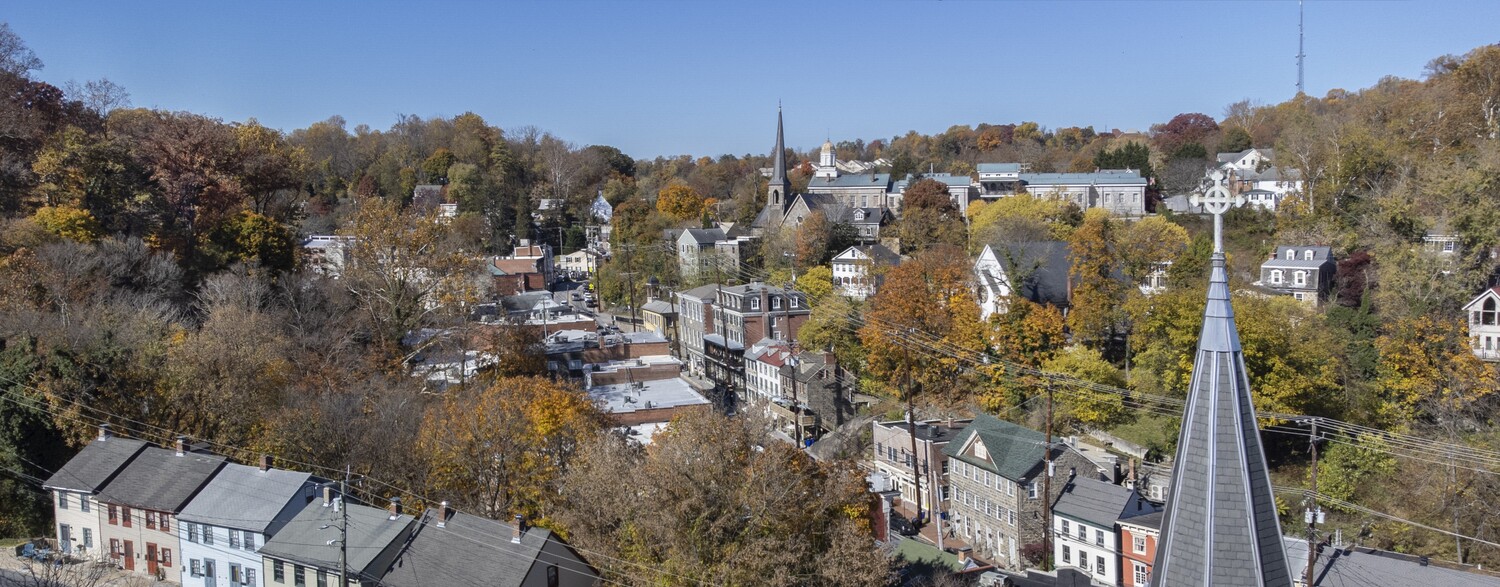Why is Our Climate Changing?
The Greenhouse Gas Effect
Changes in our climate are happening due to increases in greenhouse gas (GHG) pollution, which traps heat in our atmosphere. These polluting emissions are created through everyday activities such as burning fossil fuels (e.g., gasoline and natural gas) to power our cars and homes and sending waste to decompose in landfills. Reducing emissions is essential to addressing climate change – and we already have the solutions we need.
Why is Our Climate Changing?
Learn Climate Basics from NOAA
How Does Climate Change Affect Howard County?
Impacting Everyone Differently
Although climate change impacts will be felt across all of Howard County, these impacts will not affect everyone equally. Extreme weather, heat, and flooding have the greatest potential to impact those who hold physiological, economic, and social characteristics that make them more vulnerable to climate.
Underserved populations may be less resilient to extreme weather. For example, they may be less able to absorb increased utility costs, may live in buildings with less weatherization to help keep homes comfortable, may lack air-conditioning, may be less able to afford amenities that make heat more tolerable (e.g., air conditioning, swimming pool access), and may have fewer transportation options to buildings, shaded parks, and other places that may offer relief.
On the right is a Population Vulnerability Index map of Howard County. The darker the color of the location, the more vulnerable the population located there is. Using indexes like this helps Howard County identify which communities need to be prioritized for climate action.
How Does Climate Change Affect Howard County?
Extreme Heat Vulnerabilities
Certain areas of Howard County are more vulnerable to extreme heat than others, due to differences in land use and environmental features. Heat vulnerability across Howard County is most pronounced among southeastern portions of the County, which is primarily due to a greater portion of land area being covered by buildings, infrastructure assets, impervious surfaces, and a lack of tree cover.
Jessup, Hanover, and Elkridge have a higher heat vulnerability than other areas. The Wilde Lake Village Center has the highest heat vulnerability in the County. Promoting more tree cover, shade structures, cooling surfaces, and cooling centers in these areas can help those who are more vulnerable to extreme heat.
How Does Climate Change Affect Howard County?
Flooding Vulnerabilities
Howard County faces serious flooding risks within both the 100-year and 500-year floodplains, particularly in central and eastern parts of the County. Several critical facilities—including K-12 schools, fire stations, and police stations—are located in or near these flood-prone areas.
Frequent roadway flooding further threatens access to these essential services, increasing the risk during emergencies. In addition, high-risk assets such as bridges and tot lots are located in neighborhoods including Harper’s Choice, Hickory Ridge, Kings Contrivance, Long Reach, and Owen Brown.
Areas where climate vulnerability overlaps with FEMA-designated floodplains may warrant priority attention for flood reduction measures and stormwater management strategies.
What You Can Do
Learn More About Climate Change
Explore these videos, news stories, and resources to learn more about our changing climate and the solutions for a resilient future!

